Don’t get me wrong. We loved visiting New Zealand and feel fortunate to have done as many of the “The Great Walks” as we did. It is just that we are really happy to be back in the US and doing the “uncivilized” backpacking that we are accustomed to. Instead of a hut with a wood stove we are relying on our tent, clothing and raingear to keep us warm and dry. Instead of sitting at a table to eat we are once again sitting on rocks or logs. And we’re back to carrying our food in bear canisters. We certainly enjoyed meeting fellow “trampers” in the huts but we also enjoy privacy and solitude. New Zealand is paradise but when it comes to backpacking there is simply no place like home.
Where We Have Been – Glacier National Park in Montana
8/1 – 8/13 2012
In this post:
After returning to the US from our four months in New Zealand and Australia we spent six weeks catching up and editing photos. Then in early July we did quick trips through Yellowstone and Grand Teton National Parks in Wyoming with John’s sister Elizabeth. Later in the month we spent time with our sons, Dan and Tom, in Montana. In between games of Dominion (our new family obsession) we did a few day hikes including one to Morrell Falls in Lolo National Forest …
Morrell Falls in Lolo National Forest, Montana
… and Hidden Lake in Glacier National Park. All of our Glacier National Park dayhike photos are on Flickr.
Hidden Lake in Glacier National Park, Montana
After our sons left we were really looking forward to doing some backpacking in Glacier National Park. Glacier requires permits for all backcountry campsites (more info available at Backcountry Camping). About half can be reserved in advance and the remaining permits are available to “walk ins” but only for trips that start that same day or the very next. We typically do not reserve permits in advance, however; we did hear one piece of good advice for anyone who does.
The Backcountry Application asks the following question:
The Backcountry Application asks the following question:
“If we can’t come close to what you have requested, will you accept a completely different itinerary for the dates you have listed? This itinerary might be shorter (in days or miles), it might be in a different area of the park than you requested, and could significantly affect transportation logistics”.
You then have the option to check a box; “Yes” or “No”. What it doesn't say is that your itinerary might include a significantly longer day (or days). For example, we encountered a fellow, Marvin, who had checked the “Yes” box when he submitted his application and the Park Service did make changes to his itinerary. However, these changes drastically increased his mileage for one day to 20 miles. Instead of camping at the scenic campground on Stoney Indian Lake, as we were, he had to continue on for another 10 miles to the less desirable Kootenai Lake Campground.
View from the Stoney Indian Campground in Glacier National Park, Montana
What was annoying was that whoever had been able to reserve one of the sites at his requested destination, Stoney Indian Lake, had canceled it at the last minute and a couple had then been able to walk in the Backcountry Office that day and obtain a permit to stay at Stoney Indian Campground for that same night.
Fortunately Marvin is a strong hiker (with a good sense of humor) and he was able to reach his assigned (and less scenic) destination. However, we heard of a couple whose itinerary also significantly increased their mileage for one day but they were unable to reach their destination for the night so they had to go “off itinerary” and camp “illegally”. The next day they needed to hike additional miles in order to “catch up” to their itinerary. We also heard of a family of four, including two preteen children, whose requested itinerary had been changed to completely different part of the park and were issued a permit within the more rugged Nyack/Coal Creek camping zone. It was immediately obvious that this trip was way beyond their skill level so they wisely chose to not attempt it. Unfortunately they were unable to obtain a permit for a more appropriate trip at that point in time as a "walk in".
Fortunately Marvin is a strong hiker (with a good sense of humor) and he was able to reach his assigned (and less scenic) destination. However, we heard of a couple whose itinerary also significantly increased their mileage for one day but they were unable to reach their destination for the night so they had to go “off itinerary” and camp “illegally”. The next day they needed to hike additional miles in order to “catch up” to their itinerary. We also heard of a family of four, including two preteen children, whose requested itinerary had been changed to completely different part of the park and were issued a permit within the more rugged Nyack/Coal Creek camping zone. It was immediately obvious that this trip was way beyond their skill level so they wisely chose to not attempt it. Unfortunately they were unable to obtain a permit for a more appropriate trip at that point in time as a "walk in".
So, the recommendation is that if you apply for a permit in advance that you think twice before checking the “Yes” box. If you do check the “Yes” box then provide very detailed additional information in the “Comments” area, such, as the maximum number of miles and maximum elevation gain per day you are willing to do. Also include information regarding your level of route finding, ice axe and water crossing skills and especially the abilities (and ages) of the least experienced member of the group.
Be very careful and thorough when completing the circled part of The Backcountry Application for Glacier National Park, Montana
But we hadn't applied for a permit in advance so John went into the Apgar Backcountry Permit Center to see what was available for “walk ins”. He was able to book a 3 day/2 night trip on the Gunsight Pass Trail.
Once again we were in “bear country”. Glacier National Park is reported to have the densest population of bears within the US and has had the most fatalities; 10 in the past 100 years. Different national parks have different strategies to try to keep human food away from bears and Glacier requires backpackers to camp in constructed backcounty campgrounds (the only exception is the Nyack/Coal Creek Camping Zone). Each have a designated eating/food storage area, complete with a “bear pole” to hang food bags, which are located well away from established tent pads. So we were able to leave our bear canister at home but we both carried bear spray and I planned to make a lot of noise.
John carrying Bear Spray in British Columbia, Canada
We generally don’t like using designated group cooking areas because there is no way of knowing what has been done there by previous backpackers. Backpackers in Glacier are required to watch a video (Part 1 and Part 2) that gives instructions on backcountry food handling and dish washing. When washing dishes backpackers are instructed to “strain out” food particles, the video shows someone using a bandana stretched over a pot and draining the water into a cup. The food particles are then supposed to be placed in their trash bag to be packed out and the remaining water is to be “dispersed”. It looks really messy and I’m grateful that we don’t have to do this. We only use our pot for heating water and eat freeze dried dinners or other quick cook foods (instant mashed potatoes is my current favorite) straight out of the package or bag we cooked it in.
However, many backpackers do cook in a pot as well as use plates or bowls and I had my doubts that all of them are following the Park Service’s instructions … and unfortunately I was right. While camped at Stoney Indian Lake I overheard some fellows talk about having dumped their left over chili the previous night near the eating area. It is difficult to decide how best to handle such situations as we prefer to not be the “Backcountry Police”. I tried humor but I’m unsure that they got my point. Perhaps they were right that rodents “cleaned it up” and perhaps the odor would dissipate before attracting one of Glacier’s many bears … but perhaps not.
Just one of many bears in Glacier National Park, Montana
Glacier has one road that goes into the heart of the park, the Going-to-the Sun-Road, and many trails are accessed from this road. Unfortunately this road is clogged with countless tourists and at that time was undergoing extensive repairs that delayed traffic. Fortunately Glacier provides a shuttle system that enabled us to do this backpack trip as a through hike without self shuttling.
We got a late start on our 3 day/2 night backpack trip on the Gunsight Pass Trail. After parking our car at Lake MacDonald we caught the first of the three shuttles needed to get to the Piegan Pass trailhead at Jackson Glacier Overlook parking lot, a trip that took two hours. We didn't get started until 6pm but we had only six miles to go and it was all downhill. Before long we reached the junction with the Gunsight Pass Trail. The trail was quite brushy and a sign informed us it was an area frequented by bears but the trail was otherwise easy and we arrived at the Gunsight Lake Campground shortly before dark. The only wildlife we encountered were two incredibly attentive mice in the eating area.
Mount Jackson seen from the Gunsight Pass Trail within the Reynolds Creek Valley in Glacier National Park, Montana
The next morning we had to cross the outflow of Gunsight Lake, the St Mary River. There had once been a bridge over the river but it had been damaged and not replaced. However, we had been warned by a Backcountry Ranger so we had water shoes with us. Needless to say, the water was really cold!
John crossing the St Mary River in Glacier National Park, Montana
After skirting the lake we began the steady climb to Gunsight Pass. The morning had started out clear but clouds soon began moving in. We had gotten a late start (do you see a pattern here?) and we became concerned that the pass would be socked in before we got there. However, the clouds held of long enough and views from the trail up to the pass were outstanding especially of the many waterfalls flowing into the amazingly blue Gunsight Lake.
Gunsight Lake seen from the Gunsight Pass Trail in Glacier National Park, Montana
When obtaining our permit the Backcountry Ranger also told us that there were some snow fields along the trail that had been icy and ice axes were recommended. We were doubtful but just to be on the safe side we carried ice axes as well as Microspikes. However, by that time the snow we encountered was either soft and well consolidated to simply walk across or we were able to easily circumvent it.
Jean crossing one of the snowfields along the Gunsight Pass Trail in Glacier National Park, Montana
It began to rain shortly after reaching the pass and it threatened to become heavier. We took a quick break in the stone shelter on the pass before heading down the other side.
Lake Ellen Wilson seen from Gunsight Pass in Glacier National Park, Montana
The trail descends quickly and skirts Lake Ellen Wilson before beginning the steep ascent to Lincoln Pass.
This Mountain Goat has a “rock with a view” overlooking Lake Ellen Wilson and Gunsight Pass in the distance.
On the Gunsight Pass Trail in Glacier National Park, Montana
On the Gunsight Pass Trail in Glacier National Park, Montana
Mountain Goats are prevalent in Glacier and it is easy to get extremely close to them. Apparently they routinely seek the salts in human urine that hikers regularly deposit along trail. Hikers are instructed to urinate on rocks rather than on vegetation to prevent damage by goats. This need for salt must be great as we observed several goats pawing through dirt on the trail and actually eating it in order to consume the salt.
Mountain Goat eating urine soaked dirt on a trail in Glacier National Park, Montana
Once we crossed Lincoln Pass it was all downhill and that night we camped at the Sperry Campground which is located near the Sperry Chalet. The weather was rapidly changing with dark clouds and light rain moving in. If we had not been in bear country I would have suggested cooking and eating in our tent. But our raingear allowed us to cook and eat our dinner outside in the designated area without getting wet and we managed to get into our tent right before it started pouring. Before long there were flashes of lightening that were followed by loud rumbling of thunder that reverberated off of the surrounding steep rock walls. As we felt secure and comfortable in our tent we were able to enjoy the “show” while it lasted.
Evening storm moving in over Lake MacDonald in Glacier National Park, Montana
Fortunately, the weather had cleared at our elevation by the next morning. We watched the low clouds over the valley rise and dissipate while we ate breakfast.
Our view of Lake MacDonald from the Sperry Campground in Glacier National Park, Montana
Mountain goats also regularly frequent backcountry campgrounds and are definitely not shy. All it takes to attract their attention is it is to reach for one’s zipper. It is disconcerting to have a goat approach you while you are in the act of peeing, especially if you are a woman.
Mountain Goats licking up a recent “gift” from John at the Sperry Campground in Glacier National Park, Montana
Goats aren't the only visitors to campgrounds who seek out sources of salt. In addition to urine sweat soaked gear, articles of clothing, foot wear etc are also popular. Backpackers are warned to not leave anything untended and we saw at least one example of why one should follow that advice.
This marmot allowed us to get quite close and he was not about to let go of his treasure
After leaving the campground we decided to pass on the option to take the steep side trail to see the Sperry Glacier. The final 6 miles of the Gunsight Pass Trail descends through the Sprague Creek Valley toward Lake McDonald where we had left our car. All of our photos from this backpack trip are on Flickr.
Seen from the Gunsight Pass Trail down from Sperry Chalet in Glacier National Park, Montana
After taking a few days to clean up we wanted to do a longer backpack trip and hoped to stay at several of the backcountry campgrounds that are considered to be the most scenic; Fifty Mountain, Stoney Indian Lake, Mokowanis Lake, Elizabeth Lake and Glenns Lake. So John went back to the Apgar Backcountry Permit Center to see what we could get.
However, there was no availability at any of these popular campgrounds for the following four nights so planning this trip was confusing and creativity was needed. The first (older male) Backcountry Ranger who John talked to was not helpful and told him to go figure it out himself. Fortunately, a second one (younger female) did assist him so John was able to book a satisfactory 7 day/6 night backpack trip. We were happy to get our top three choices but in order to do so it was necessary for us to spend the first three nights in less desirable campgrounds. In fact on the first night we would be staying in the Many Glacier Campground, a huge car campground, which has three tent sites reserved for backpackers.
Many Glacier Campground in Glacier National Park, Montana
We started (and would end) this trip on the Granite Park Trail but some last minute issues led to our not starting until noon. We had nearly 12 miles to go with significant elevation gain. Our packs were heavier than we had carried for many months (not to mention we had both put on a bit of weight since we completed the John Muir Trail last summer). The first four miles is through a burned out forest, the sun was hot and the going was quite slow. We planned to take a break at the historic Granite Park Chalet and I had been fantasizing about purchasing a cold beverage at the chalet and was sorely disappointed to see the sign on the refrigerator that said it wasn't plugged in and was only used for storage. I settled for a lukewarm Mountain Dew.
Views improved once we got on the Swiftcurrent Pass Trail in Glacier National park, Montana
We continued up the trail toward Swiftcurrent Pass and once we got above the treeline the views improved. We initially encountered dayhikers from the chalet, some on their way back from a dayhike up Swiftcurrent Mountain to the historic Swiftcurrent Fire Lookout. But once we got to the pass we encountered far fewer people.
Swiftcurrent Fire Lookout is just barely visible on top of Swiftcurrent Mountain in Glacier National Park, Montana
I think the most scenic part of this trail comes on the other side of the pass once you round a bend and begin getting views of the Swiftcurrent Headwall. Water from the melting of the Swiftcurrent Glacier above creates numerous beautiful waterfalls flowing over the steep walls. Unfortunately, this glacier like all glaciers within the park is receding. Many of the ~26 glaciers left within the park (there were 150 in 1850) are currently being studied to see the effect of global warming and photos of the Grinnell Glacier illustrate what has been happening. It is predicted that there will be no glaciers left by 2030 and while the beautiful rugged glacial carved mountains will endure it will be a shame to lose the contrast that the glaciers provide against the rock and it would seem that there will be far fewer waterfalls such as those we saw.
Waterfalls from the Swiftcurrent Glacier snow melt flowing over the Swiftcurrent Headwall in Glacier National Park, Montana
The trail descends steeply until it drops below the tree line and into brush. It was beginning to get dark and we knew it was advised to not hike during dusk or after dark due to the increased probability of encountering wildlife; namely bears and moose. We did encounter a moose cow and calf browsing on the thick brush surrounding the trail. She was so close to the trail that we could have touched her (much too close for John to get a decent picture with the lens he had on his camera at the time and we just didn't want to take the time for him to change it). Fortunately she was surprisingly unconcerned about us and eventually moved just far enough away from the trail so we could cautiously slip by.
Moose cow (her calf was not far away) browsing next to the Swiftcurrent Trail in Glacier National Park, Montana
The trail continues to descend along Swiftcurrent Creek past several lakes; Bullhead, Red Rock and Fisher Cap and was quite easy. However, once it entered the thick woods it became much darker and we became more concerned about the possibility of encountering bears along the trail. Fortunately, we arrived without incident at the Many Glacier Campground about 10:30 PM, tired enough to not mind the luxury of the picnic table and flush toilets.
Bullhead, Red Rock and Fisher Cap Lakes seen from the Swiftcurrent Trail in Glacier National Park, Montana.
The Many Glacier Campground, our destination for the day, is near Swiftcurrent Lake seen in the far distance.
The Many Glacier Campground, our destination for the day, is near Swiftcurrent Lake seen in the far distance.
The next day was by far the least scenic part of the entire trip (John did not take a single photograph). We had to first walk about 2 miles through parking lots, on nature trails but primarily along the road in order to get to the Red Gap trailhead. Once we finally got on the wooded trail we noticed ripe berries on nearby bushes so we weren't surprised to see fresh bear scat. We didn't encounter any bears but we talked to some folks who were hiking out who had. Once we got to the woodsy Poia Lake Campground we heard that there had been grizzlies on the other side of the lake, adjacent to the trail we would be taking the next morning.
Looking toward Red Gap Pass over Poia Lake while on the Red Gap Pass Trail in Glacier National Park, Montana
The next day we headed toward Red Gap Pass (no bears near the trail...at least that we were aware of ). The trail was fine, steadily gaining elevation until the last portion when it became quite steep with pathetic switchbacks though scree. This is the kind of trail I much prefer hiking up than sliding down but it was worth the effort as views from the pass were great.
Red Gap Pass with Elizabeth Lake in the distance in Glacier National Park, Montana
Once over Red Gap Pass we descended toward Elizabeth Lake to hook in with the Ptarmigan Trail for a short distance before turning off on the Belly River Trail that would take us to the Gable Creek Campground. While we were hiking I noticed motion in the brush below us next to the river and we had our first bear sighting. However, at that point the trail is well above the water and we were able to safely watch the bear lope across the river.
Black Bear crossing the Belly River just below the trail in Glacier National Park, Montana
The next morning we happily left the congested Gable Mountain Campground as we were finally on our way to the areas we most wanted to see. We took the Cosley Lake Cutoff that would take us directly to the Stoney Indian Trail, taking the short side trip to see the gorgeous Gros Ventre Falls along the way.
Gros Ventre Falls in Glacier National Park, Montana
The trail then skirted Cosley Lake and followed the Mokowanis River upstream to Glenns Lake. The trail continues the length of this elongated lake and we had another wildlife sighting, this time a Bull Moose browsing in the shallow water. We thoroughly enjoyed watching him dunk his head and come up with a mouthful of vegetation and an antler full of water.
Bull Moose in Glenns Lake in Glacier National Park, Montana
Shortly after reaching the end of the lake we reached the Mokowanis Junction. There is a popular campground at the junction that some use as a “base camp” for dayhiking to Mokowanis Lake (and beyond to Margaret Lake)) as well as Stoney Indian Pass. However, we continued up the short side trail to the Mokowanis Lake Campground, which is less crowded and more scenic. Views from the lake were amazing!
Mokowanis Lake, with Pyramid Creek Falls barely visible above the far end of the lake, in Glacier National Park, Montana
Other backpackers at the camp let us know that it was possible to get much closer to the waterfalls located at the head of the lake. John did the short, but time consuming, bush whack/scramble up for better photo opportunities of the Pyramid Creek Falls that flow from Margaret Lake.
Pyramid Creek Falls above Mokowanis Lake in Glacier National Park, Montana
The next day the trail continued up the increasingly scenic Stoney Indian Pass Trail. We encountered an unexpected water crossing but we had brought water shoes just in case. We always look for a place to “rock hop” across but sometimes it is less time consuming to just take your boots off.
Unexpected stream crossing on the Stoney Indian Pass Trail in Glacier National Park, Montana
Waterfalls seen on the Stoney Indian Pass Trail in Glacier National Park, Montana
Wildflowers seen on the Stoney Indian Pass Trail in Glacier National Park, Montana
We had hoped to take a leisurely food break and enjoy the views but mosquitoes were voracious. However, we were both hungry and found that our parkas and rain pants provided just enough protection to enable us to take a quick break before continuing on our way toward Stoney Indian Pass. After crossing the pass we began getting views of Stoney Indian Lake below, our destination for the night.
Stoney Indian Lake in Glacier National Park, Montana
The next day our trail descended through woods and was incredibly brushy at times. We eventually intersected the Waterton Valley Trail that would take us to the Fifty Mountain Campground. I had hoped we were done with brushy trails ... but we weren't.
Jean in brush on the Waterton Trail in Glacier National Park, Montana
We finally got above the brush and enjoyed expansive views as we approached Fifty Mountain. On our last night out we camped at the Fifty Mountain Campground (presumably named because one can see 50 mountains from the area) and found it to be quite crowded. In addition to the usual number of backpackers there was a group of Geologists doing “soil mapping” of the area. However, we were happy to discover that the most remote, and in our opinion the most desirable, campsite was still vacant.
Fifty Mountain in Glacier National Park, Montana
There was a lot of cooking and eating going on with lots of pots and plates in use. I avoided watching how they handled washing all those dishes but it did seem like a good idea to mention some fresh bear paw prints that John had seen in some mud not far from camp.
Bear paw print near Fifty Mountain Campground in Glacier National Park, Montana
Later when we were in our tent after dark we were perplexed by “flashes” of light visible periodically through the tent fabric. Our first thought was that some of the campers were taking flash photographs. However, we soon realized that there was a meteor shower in progress (apparently the best of the year). We stayed up to watch it until the cold drove us inside but we could still see some of the show through the doors from the comfort of our sleeping bags. Not bad for our last night out.
The next morning we had two options for getting back to where our car was parked at The Loop. We could either take the 12 mile brushy Flattop Trail or take the more scenic Highline Trail toward Swift Current Pass and down the Granite Park Trail, a total of 16 miles. However, a concern about the Highline Trail was that there was a snow hazard, the Ahern Drift, covering a portion of the trail and we had not been able to get any first-hand information about it. But, we were both fed up with brushy so we decided that we’d rather chance the snow on the Highline Trail. Shortly after leaving camp John did a quick side trip to see Sue Lake (I stayed behind to guard our packs from marmots).
Sue Lake in Glacier National Park, Montana
We were a bit anxious about the Ahern Drift until we finally encountered someone who had come through it and learned it was easy to drop below it on the scree slope.
Jean skirting the Ahern Drift on the Highline Trail in Glacier National Park, Montana
After crossing Swift Current Pass we once again passed the Granite Chalet. When planning this trip we could have planned to stay at the Granite Campground and shorten this long day by four miles. However, it didn’t seem worth carrying extra food and staying in such a crowded area and we figured we would be thinking about a shower at that point in time. So we continued down the same trail through the burned out forest that we had struggled up the week before. All of our photos from this backpack trip are on Flickr.
Granite Chalet in Glacier National Park, Montana
After doing these two backpack trips, in addition to the 4 day/3 night backpack trip we did back in October 2010, we believe we have seen some of the very best parts of this park. So we were content to leave Montana and head to Wyoming where we planned to do some backpacking in Grand Teton National Park and the Wind River Range.
Pray Lake seen on the backpack trip we did in Glacier National Park, Montana in October, 2010
This next bit is just something that Jean has been thinking about.
It’s almost like dancing
John and I recently celebrated our 33rd wedding anniversary. It sounds like such a really long time to me but somehow it just doesn't feel like it has been that long. It seems that, between the intensity of parenthood, careers, activities, home maintenance, aging parents etc, the first 30 years just flew by. I admit that there were times when I questioned whether we could get this far but we persevered and here we are, still married. We are reaping the benefits of our efforts as ever since John retired and we started living in our motorhome it is like we are on a perpetual “honeymoon”.
John and Jean on a backpack trip in Grand Canyon National Park, Arizona 2011
Unfortunately many couples don’t make it this far and not long ago I was saddened to hear that one of my nieces was getting a divorce. She and her husband had only been married for seven and a half years and their son is just a toddler. I had seen them together early in their relationship and later attended their wedding. They looked so happy together and theirs seemed like a “ fairy tale” courtship and marriage. I had no reason to believe that they wouldn't live “happily ever after” but here they are, now divorced.
Of course in reality, marriage is never easy but I have wondered what enabled us to have a “happy ending” especially since the beginning of our relationship was anything but a “fairy tale”. We first met the summer of 1975 and while it was “love at first sight” for me, for John it was…well, not so much. He was in a relationship at the time, one that had "spark" but obviously no future and it apparently was enough for him at the time. In addition I soon learned that he had plans to leave Kentucky and move west so I didn’t hold any hope that we would ever have a future together.
Of course in reality, marriage is never easy but I have wondered what enabled us to have a “happy ending” especially since the beginning of our relationship was anything but a “fairy tale”. We first met the summer of 1975 and while it was “love at first sight” for me, for John it was…well, not so much. He was in a relationship at the time, one that had "spark" but obviously no future and it apparently was enough for him at the time. In addition I soon learned that he had plans to leave Kentucky and move west so I didn’t hold any hope that we would ever have a future together.
Lucky for me, his plans to leave the state had to be postponed (details) and he eventually came to his senses (or just grew up enough). We became a couple and started living together in January of 1977. That September we happily left Kentucky together and headed to Seattle.
John and Jean in Louisville, Kentucky in 1977
We lived together for two and a half years before deciding to get married. When it came time to plan our wedding we first considered having an unconventional non religious ceremony, writing our own vows and holding it in a beautiful mountain meadow somewhere.
However, after having “lived in sin” we thought that it would be a nice gesture to our parents (especially his) to have a traditional church wedding. We also decided to get married back east (and on level ground) to make it possible for our family members to attend. So we got married in Broad Run Baptist Church, the little red brick church in rural West Virginia that John’s father had attended when he was growing up.
Ray and Marcia Horton (Jean's parents), Jean and John, Delora and Elbert Strother, John's parents in Jane Lew, West Virginia in 1979
It seemed like a good idea at the time to ask John’s cousin, an ordained minister, to perform our wedding ceremony. However, I made the mistake of not reading the service he was planning to use before the ceremony. It went well enough until we got to the point when we said our vows. I repeated the customary vows after him but instead of having me promise to “love, honor and cherish” John, this guy used the outdated version, “love, honor and obey”. I was taken completely by surprise as it had never occurred to me that any minister in that day and age would still use the word “obey” in wedding vows. If I had thought fast enough I would have substituted “cherish” for “obey”. But I didn’t, so in front of all of those witnesses I promised to “obey” John for “as long as we both shall live”. I’m pretty sure I heard one of my sisters “hiss.”
Jean and John being pelted with rice by some of his cousins
John and I both laughed about it later and of course he never had any expectations that I would be “obedient” to him. After all we both had grown up in the middle of the Women’s Movement and women were no longer destined to be subservient to men. I was supposed to want a career and to not sacrifice my goals and desires for the expectations of a man or the needs of children. The last thing I wanted was to turn out like my mother who gave up her own dream of attending Medical School and ended up with a husband and a house full of kids. Instead of being a doctor she was just a housewife.
Robin, Laurel and Linda with Ray and Jean on their mother's lap
But things began to change after we were married, we became conventional. We bought a house in the suburbs …
Jean and John in Redmond, Washington in 1979
… and John worked nine to five in an office.
John ready to head off to work at REI in Kent, Washington
I went back to school, became a Registered Nurse and worked in a nearby hospital. We planned to have two children and both of us believed it would be best for me to stay home with the kids while they were still young. But it was an assumption that I would eventually return to work and, as a Registered Nurse, I knew that I could get another job anytime I wanted to. I left my job just before the birth of Dan, our first child …
John holding brand new baby Dan in Redmond, Washington in 1985
… and Tom was born (at home) two and a half years later.
John and Dan with brand new baby Tom in Kent, Washington in 1987
John was essentially the head of the house making the majority of decisions regarding finances etc …
Dan and John reading the Sunday paper in Kent, Washington in 1987
Jean with Tom in Kent, Washington in 1987
While staying at home with small children may not be as challenging as a “real job” often times it is just not easy. There is no vacation time, sick leave, “lunch breaks” or even the guarantee of uninterrupted restroom breaks. You are on “24/7”. There is also an absence of the positive reinforcement provided by paychecks and favorable performance reviews. At some low point I came to the realization that I had turned out just like my Mom ...
Marcia Horton hosting Robin's birthday party 1955
… I was “just a housewife”.
Dan, Jean and Tom celebrating her 39th birthday in Kent, Washington in 1993
The problem was that it was the 1990’s and the role of housewife was no longer respected as it had been back in my mother’s day, the 1950’s. Women were supposed to “want it all” and the implication was that “unemployed” women like me weren't contributing their fair share to society. I’m reminded of something that used to happen much later when John and I were out riding our tandem bicycle. John, the more skilled cyclist, was the “captain” in front and I was the “stoker” in back and all too often some guy would yell to John “Hey, she’s not peddling back there!” It was almost funny the first time but it seemed to sum up our society’s opinion of my role, that by taking the “backseat” to a man then nobody could see how hard I was working.
John and Jean at the finish line of the Seattle to Portland Bicycle Classic in 2001
But I consoled myself with the knowledge that I would eventually go back to work when the kids got older. And I did. I worked part time as a Floor Nurse for a few months before landing my “dream job”; training to become an Operating Room Nurse. Once again I had a paycheck and a socially acceptable answer to the question “What do you do”?
However, things just didn’t go well for us. The boys both hated daycare and were frequently sick. John’s job was becoming more demanding and he struggled to do his fair share of chores at home. I was tired all the time, felt really stressed and had frequent headaches. It was awful and it became increasingly obvious that the best thing for me to do was quit my job. So, I did.
We were very fortunate to have that option as John was well compensated for his work and we have always been frugal. While it was immediately clear that this decision was the best for John and the boys what really surprised me was that even though I had enjoyed my job I simply didn’t miss it. All I felt was a great sense of relief (and no more headaches).
Toma and Jean at Mt Rainier National Park, Washington in 1993
Nevertheless, I was once again “just a housewife”, appearing subservient to my husband in a culture that expected everyone, especially women, to strive to be “captains” and not settle for being only “stokers”. I was once again someone who didn’t “do” anything. I was “unemployed” without our society’s respect. At times I couldn’t help but feel that I had somehow let my gender down. That by choosing to be “just a housewife” I was undermining some of the progress that women had made toward equality with men.
However, when I was completely honest with myself I realized that there was nothing else that I’d rather be doing. I simply had no ambitions greater than to be a wife and mother. It was almost as if our traditional wedding vows had cursed me to having no personal aspirations. Could this be the reason our marriage survived despite the statistics? Were we still married primarily because of my willingness to suppress my own needs and be subservient to John’s expectations and the needs of our children?
Dan and Tom with Papa in Kent, Washington in 1993
I was troubled by this at times until someone recommended a book to me, Please Understand Me: Character and Temperament Types by David Keirsey and Marilyn Bates. The premise of this book is that there are four basic temperaments and within each basic temperament are four subgroups. Reading it and determining my own temperament and sub group explained a great deal to me. For example I learned that my basic temperament is “Idealist” and that individuals within my sub group, “Counselor”, “…have an exceptionally strong desire to contribute to the welfare of others and find great personal fulfillment nurturing their personal development…
Tom and Dan in Kent, Washington in 1996
… guiding them to realize their human potential.”
Dan and Tom in Kent, Washington in2004
Reading about John’s temperament proved illuminating as well. His basic temperament is “Rational” and individuals within his sub group, “Mastermind”, tend to be “… self-confident…”, that “…decisions come easily to them…” and that they “…usually rise to positions of responsibility…”
Dan and John at Chelan, Washington in 1996
Jean, Dan, John and Tom in Kent, Washington in 1989
I am in no way being critical of women who, by choice or necessity, don’t stay home with their small children. I only know that it was the right choice for me. Once I was able to truly value what I did I became more aware of the great satisfaction I felt for such activities as cooking nutritious meals (complete with home baked bread and home grown vegetables), making Halloween costumes, volunteering at the boy’s school and relieving John of the responsibility for tedious tasks like mowing the lawn and pulling weeds. I especially appreciated the time and energy I then had to just play with our kids (and John appreciated my not being so grumpy).
Dan and Jean at "Chuck e Cheese" in Kent, Washington in 1992
I also came to realize that even though it appears that I took a “backseat” to John that it didn’t mean that I didn’t have influence in our relationship. While individuals of my temperament may not be “… visible leaders …” we do “… quietly …” exert “… power from behind the scenes…”. This reminds me of another time we were riding our tandem bike. We were negotiating a busy intersection and after crossing one street John was steering us toward the sidewalk in order to wait for the “Walk” signal before crossing the intersecting street. However, I was able to scan surrounding traffic and I saw a sufficient break in the traffic that provided us with an opportunity to safely cross the intersecting street. I quickly told him we could go, then leaned into a turn and peddled harder which headed the bike away from the sidewalk and across the street.
Jean and John at a Seatle Ferry Terminal preparing to begin trip to San Francisco in 1999
I’ve already written a bit about how our tandem bike benefited our relationship and while we lived in a house (with a large garage) it was a simple matter to take it out for a ride. It was our favorite activity on weekends early in the spring when snow in the mountains prevented us from going hiking as well as in the fall before there was enough snow to go snowshoeing. We later replaced our Cannondale with a luxurious recumbent tandem and had future plans to ride it across the northern tier of the US. However, once we sold our house and started living in our modest sized motorhome it was necessary for John to disassemble it in order to carry it with us and we could no longer go for a ride anytime we wanted to.
But, it has not been an issue as hiking and backpacking in mountains has remained our first love and since becoming “nomads” we have more opportunities to do so. In addition, we have realized that we are far less fearful of encountering bears in the backcountry …
Bears (in our camp)and Mt McKinley seen while backpacking in Denali National Park, Alaska in 2010
… than we are of sharing the road with motorized vehicles capable of killing us in a brief moment of a driver’s inattention.
Jean on Highway 101 while on bike trip from Seattle to San Francisco in 1999
As a consequence, we haven’t ridden our tandem since we hit the road. But it goes against our personal philosophy to keep something that we no longer use so we recently sold it. I have to admit that there are aspects to riding a tandem that I will miss especially the feeling of fluid teamwork and riding “as one”. Of course in the future when we are less able to do as much hiking we could always buy another tandem.
However, it now seems more likely that we will purchase a double kayak. We have an interest in paddling around Washington State’s San Juan Islands. We can also see ourselves using it to access areas we would otherwise be unable to reach, such as the many slot canyons off the shore of Lake Powell. In addition, a double kayak would provide us with many of the characteristics we enjoyed riding our tandem bike. Seeing two people paddling a kayak in practiced unison is a thing of beauty; it’s almost like a “partner dance”.
However, it now seems more likely that we will purchase a double kayak. We have an interest in paddling around Washington State’s San Juan Islands. We can also see ourselves using it to access areas we would otherwise be unable to reach, such as the many slot canyons off the shore of Lake Powell. In addition, a double kayak would provide us with many of the characteristics we enjoyed riding our tandem bike. Seeing two people paddling a kayak in practiced unison is a thing of beauty; it’s almost like a “partner dance”.
Photo courtesy of Joseph Reeves
A key component of a partner dance is that one person leads and the other follows but I am content to follow because I understand how essential that role is. I know that following John does not mean that I don’t do my fare share. I am reminded of a quote - “Remember Ginger Rogers did everything Fred Astaire did but she did it backwards and in high heels” (Faith Whittlesey). I’m not saying that a marriage can only work as a “partner dance” with one partner leading and the other following. A couple can certainly “dance” beautifully together as individuals but I would imagine that it probably helps if they can agree on the “music” most of the time.
And I understand that there are some couples, who for a variety of reasons, simply must “change partners”. I admit there have been times when we might have considered it because we have not always “danced to the same tune” and have “stepped on the other one's toes” more than a few times. But the important thing is that we kept “practicing” together and elicited the help of a skilled “Dance Instructor” when we needed it. I am happy to say that we love the same “music” and after nearly 36 years together we get the “steps” right nearly all of the time. Our life together is almost like dancing.
John and Jean on Redcloud Peak in Colorado in 2011
Jean and John dancing at Teatro ZinZanni in Seattle, Washington in 2006
*Teatro ZinZanni is a wonderfully entertaining combination of Moulin Rouge, Cirque du Soleil, European Cabaret and American Vaudeville plus great food all within a Belgian spiegeltent (mirror tent).
Photo courtesy of Teatro ZinZanni

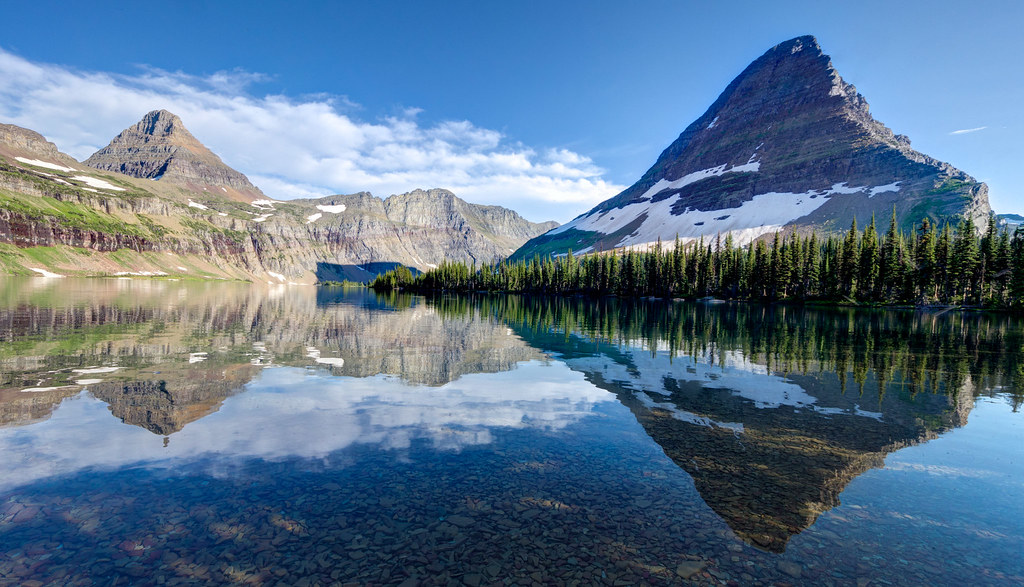
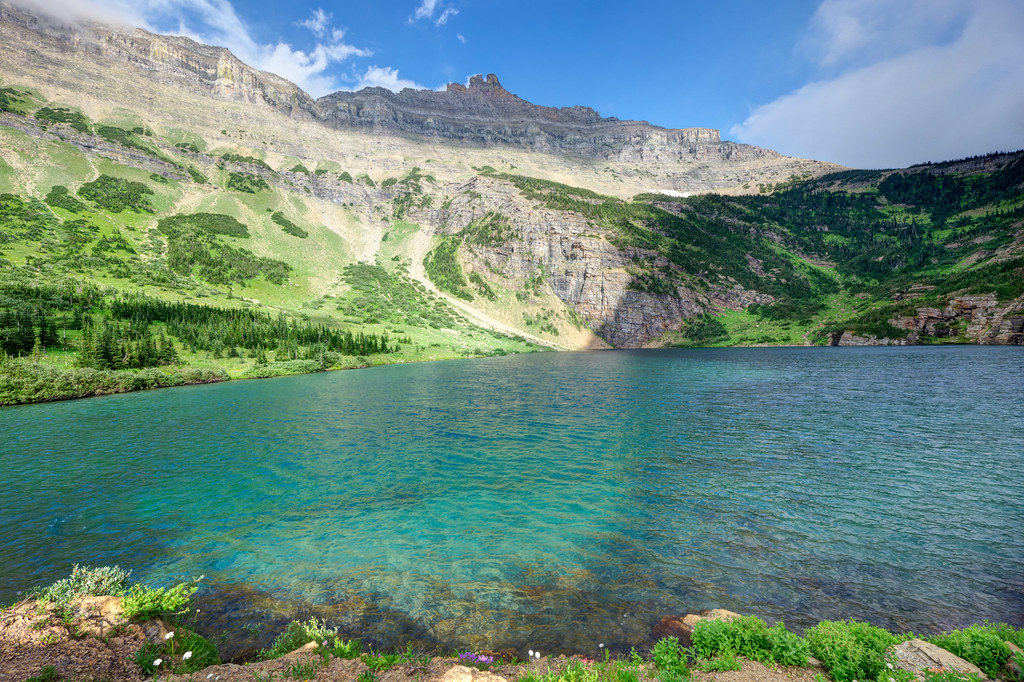

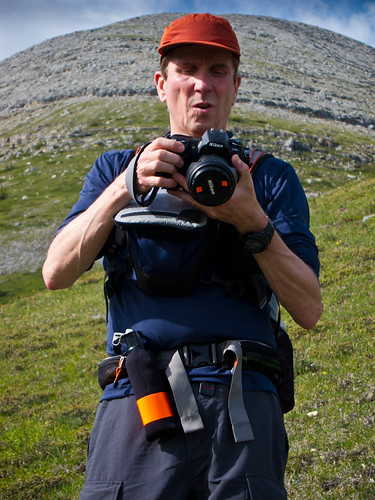
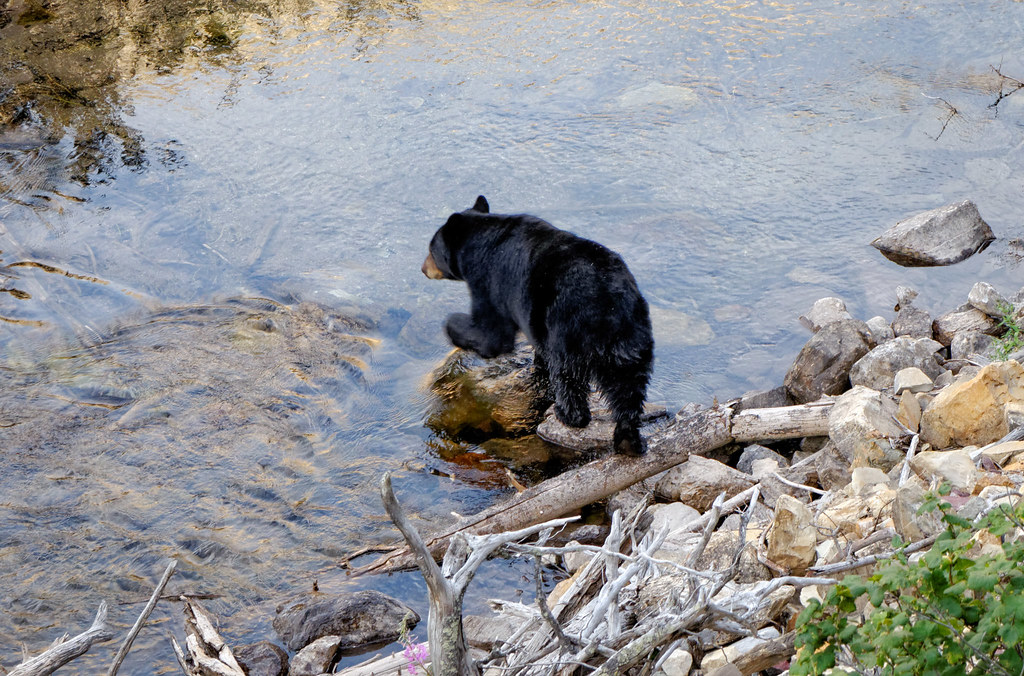
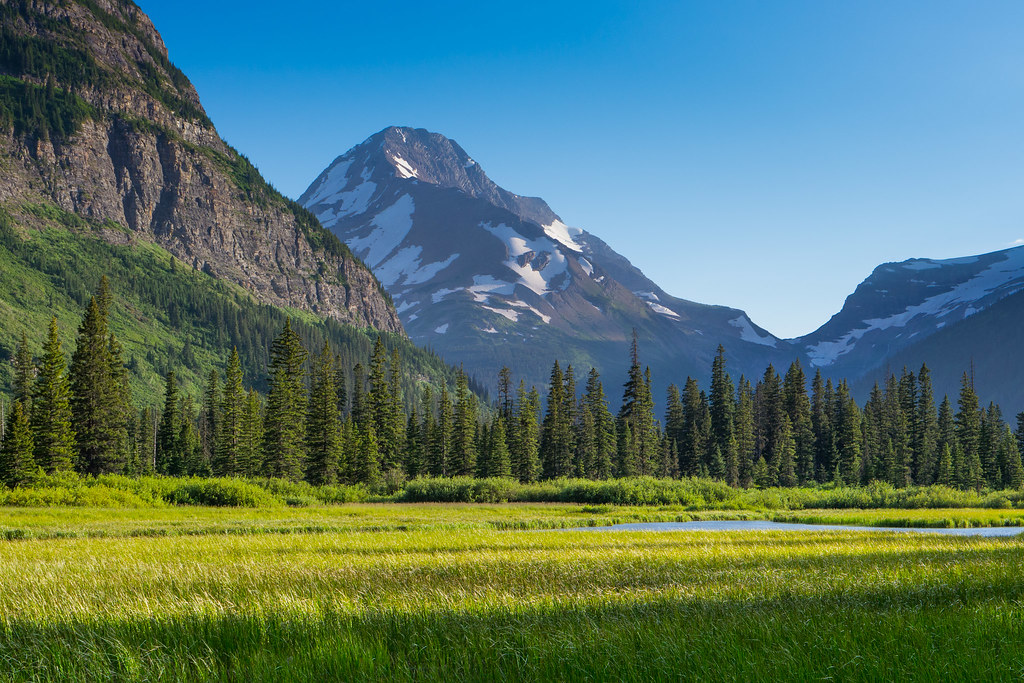
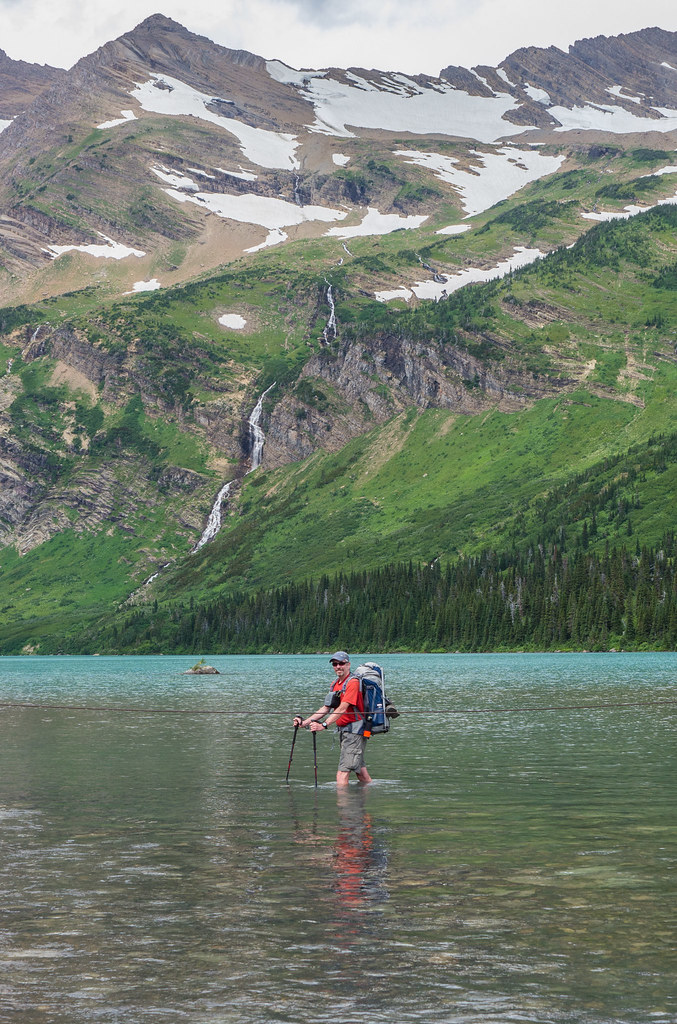
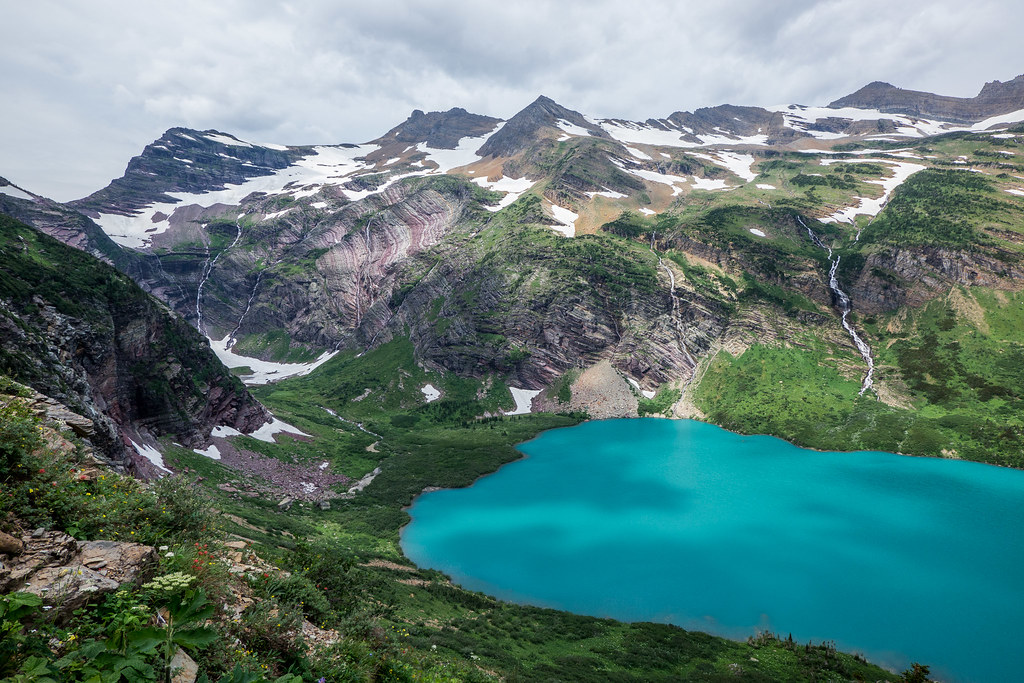
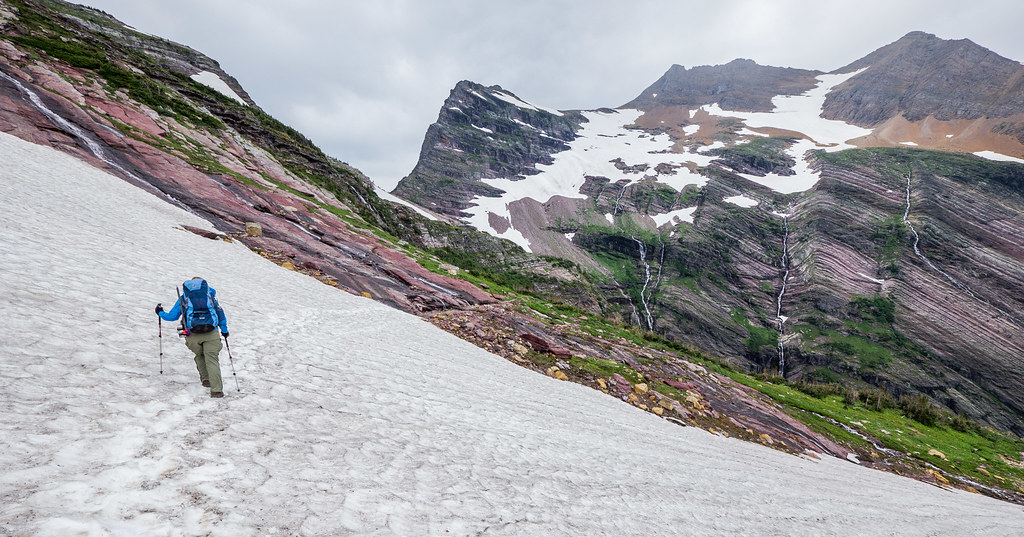
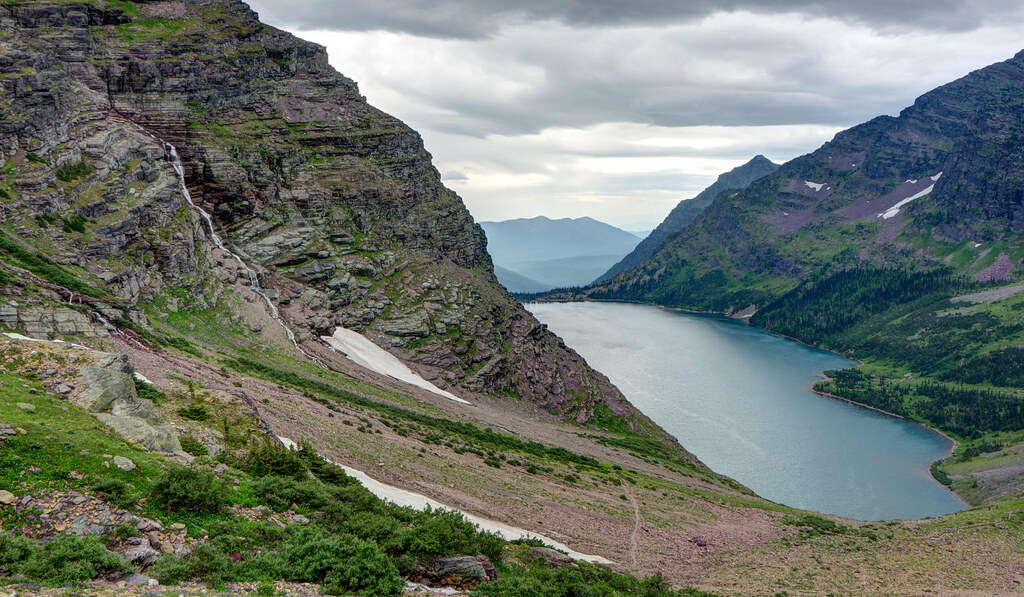
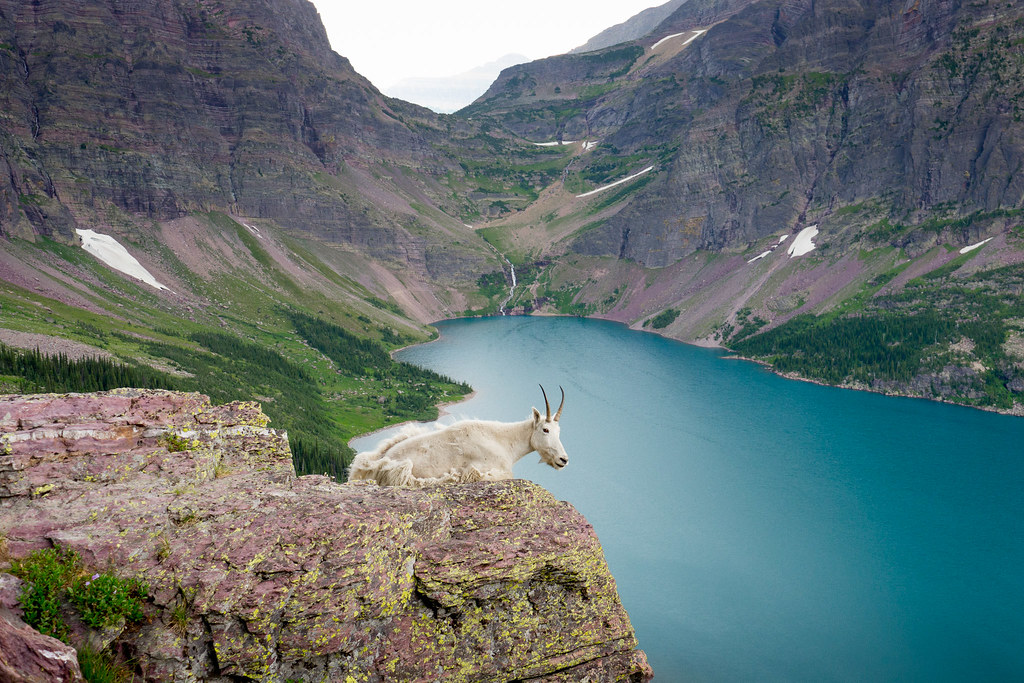

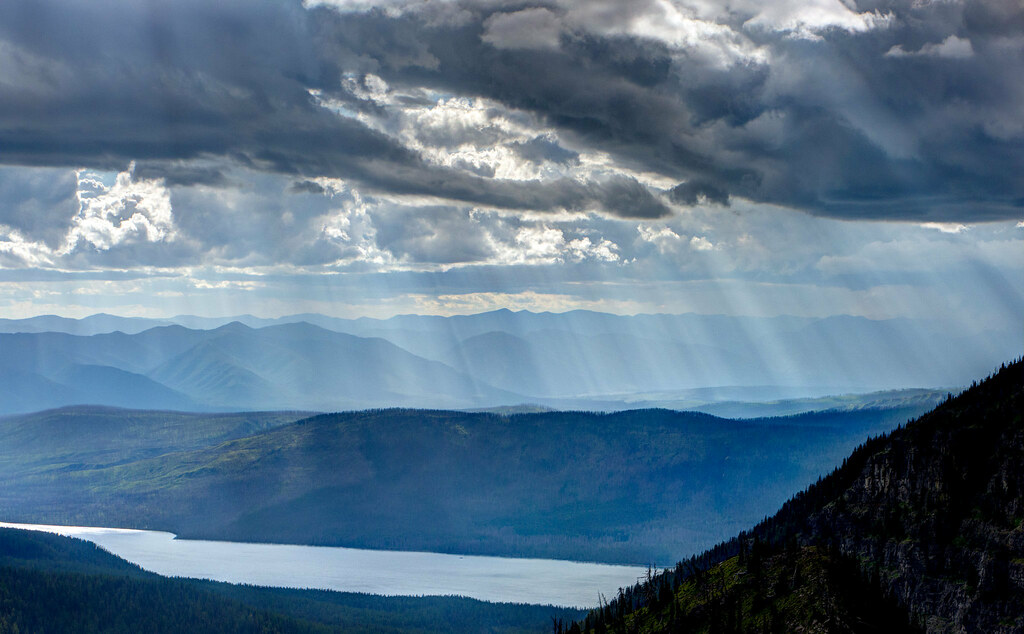

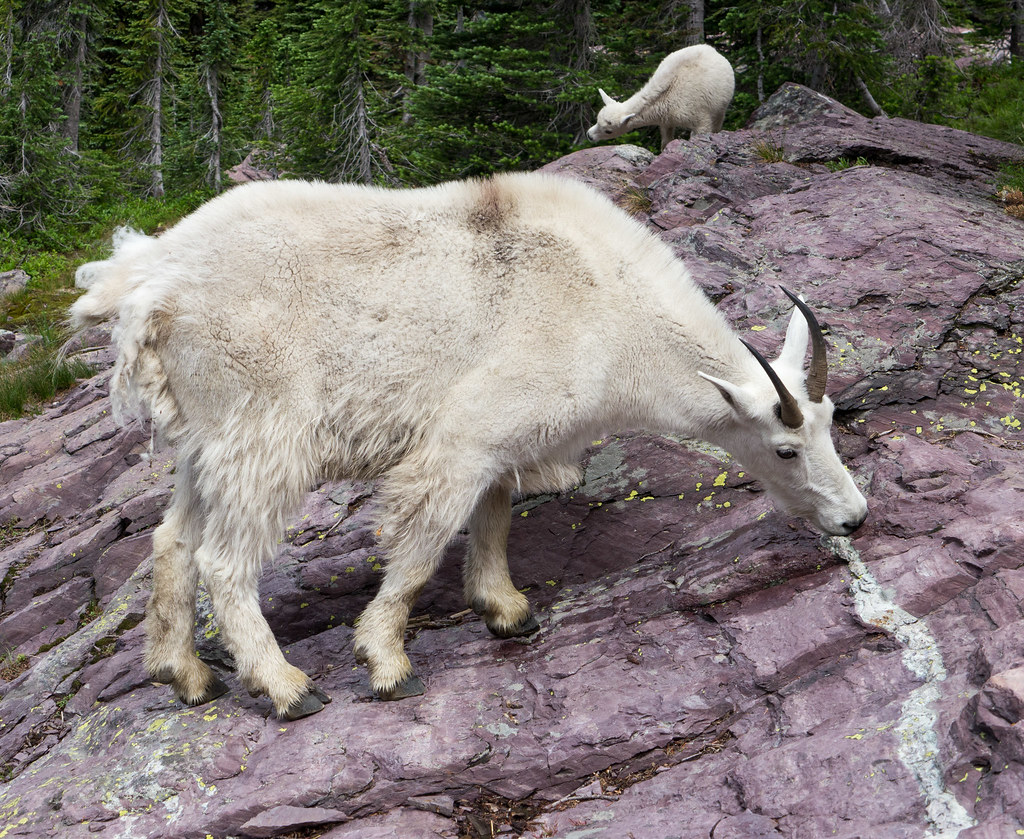
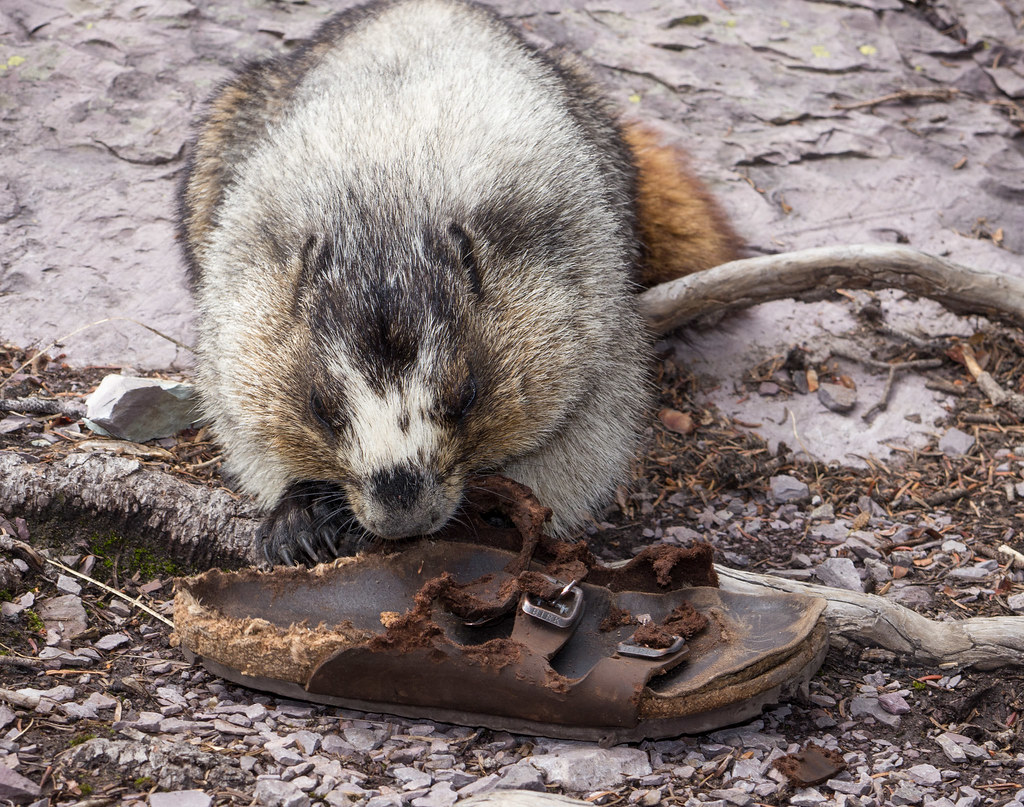
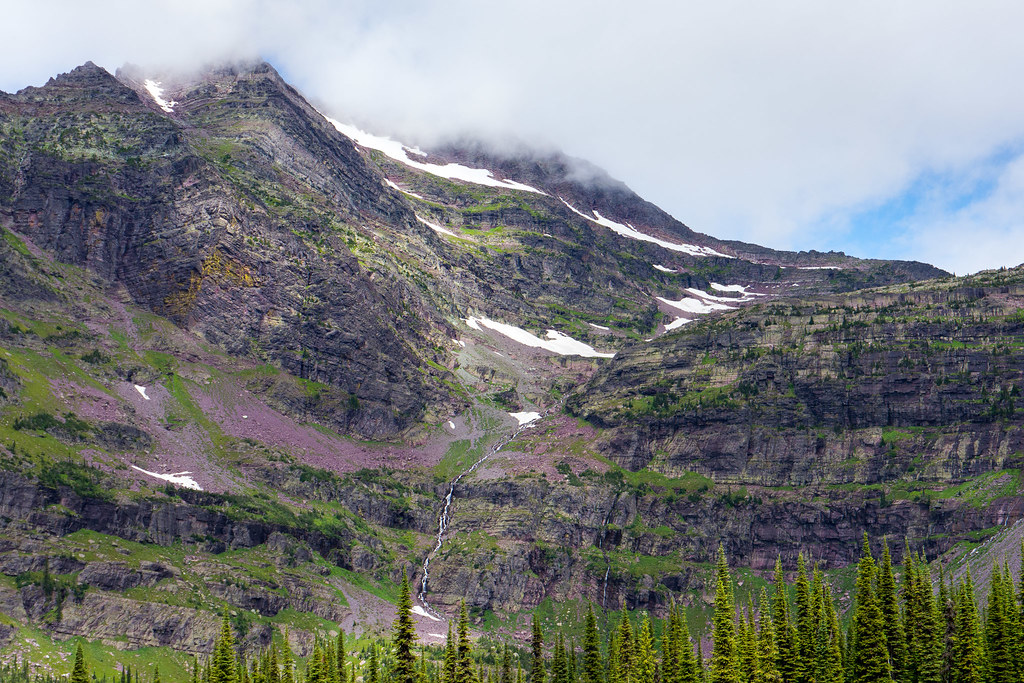

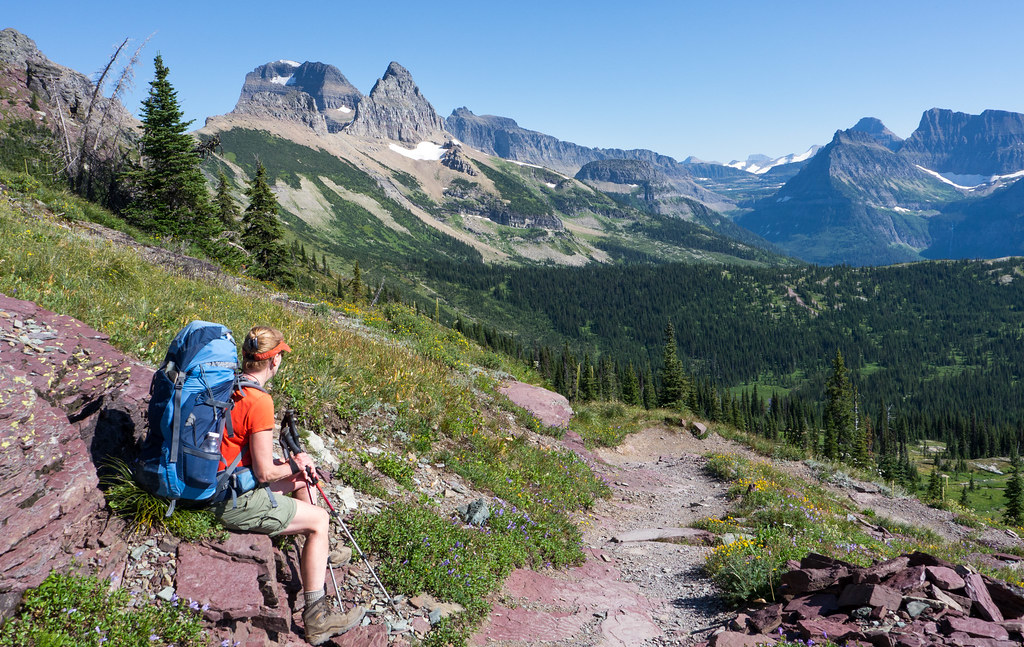

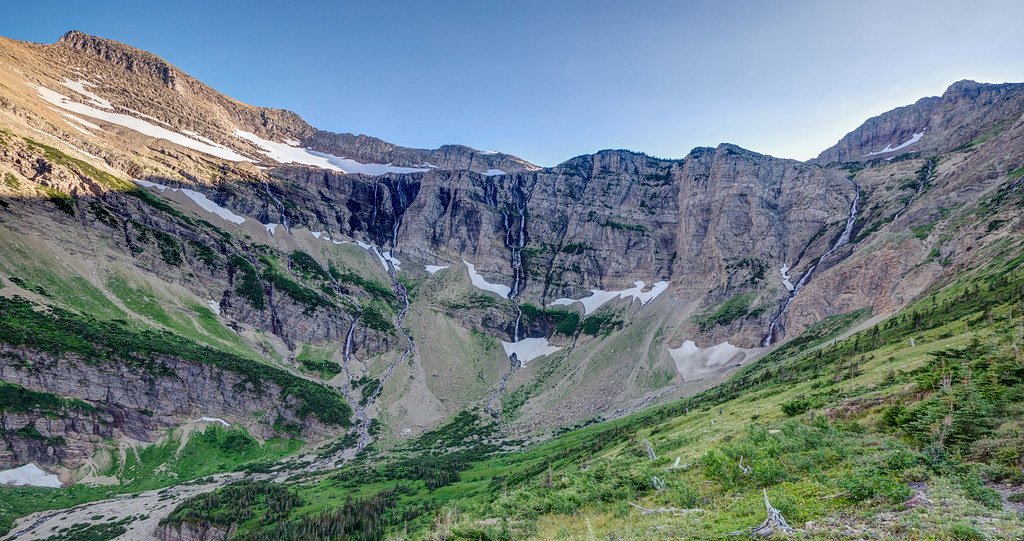

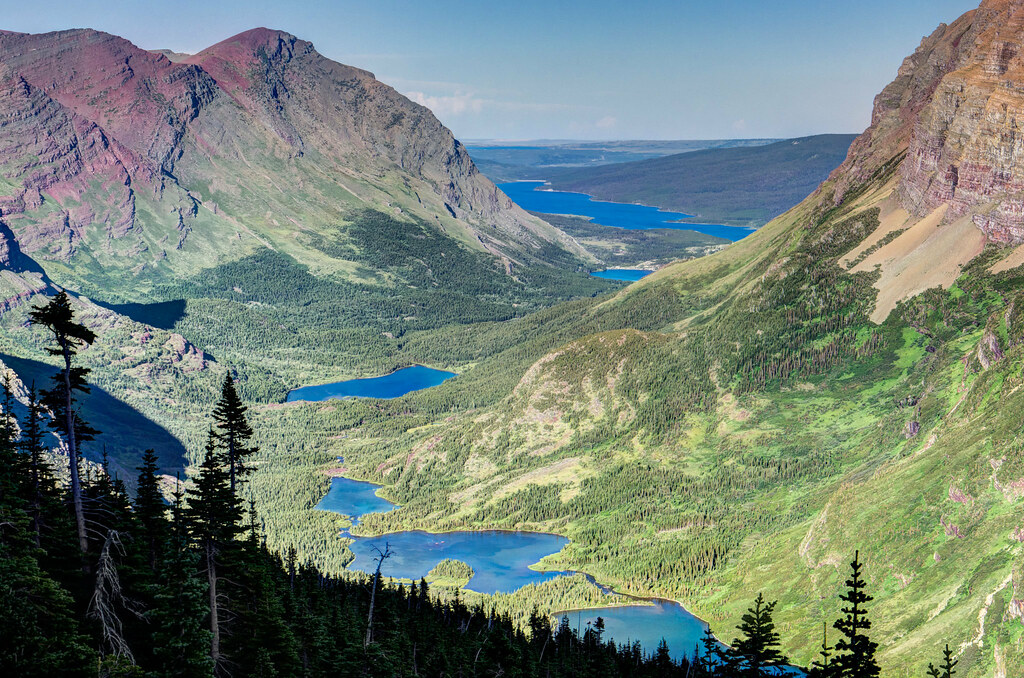
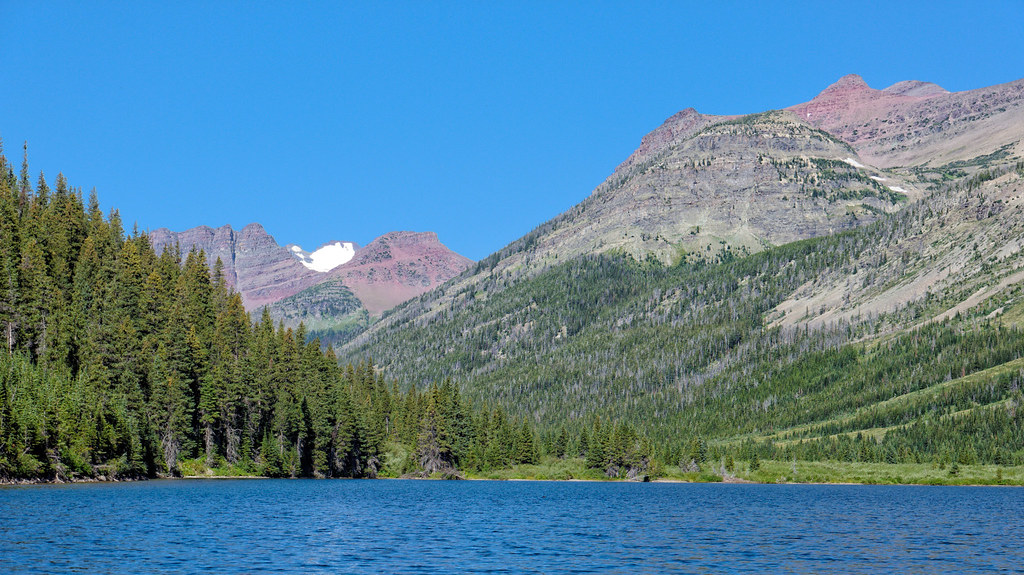
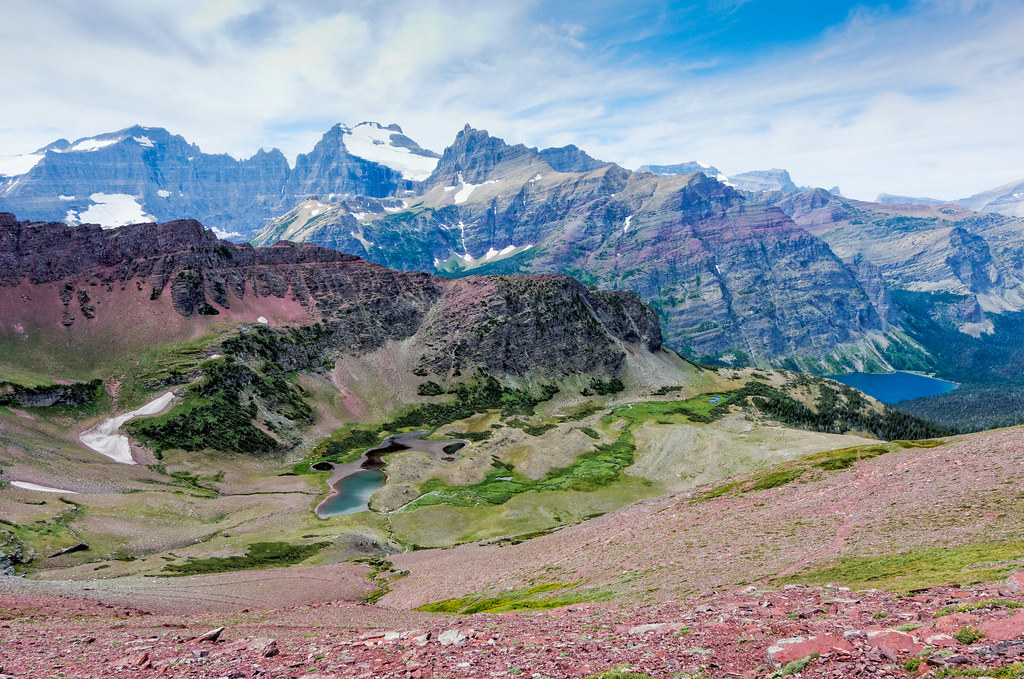
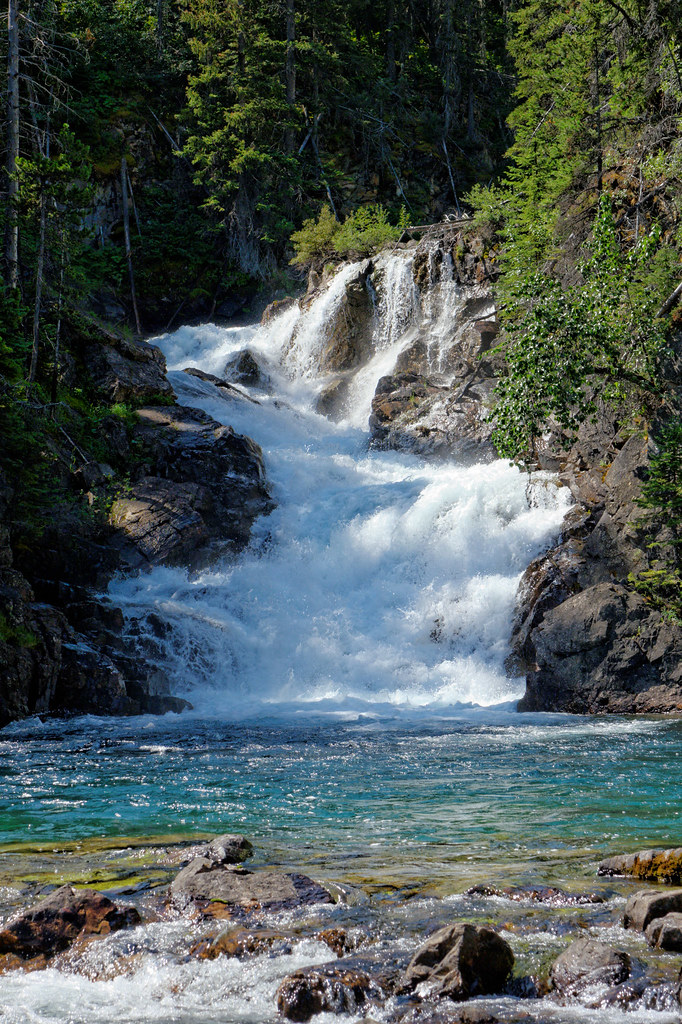
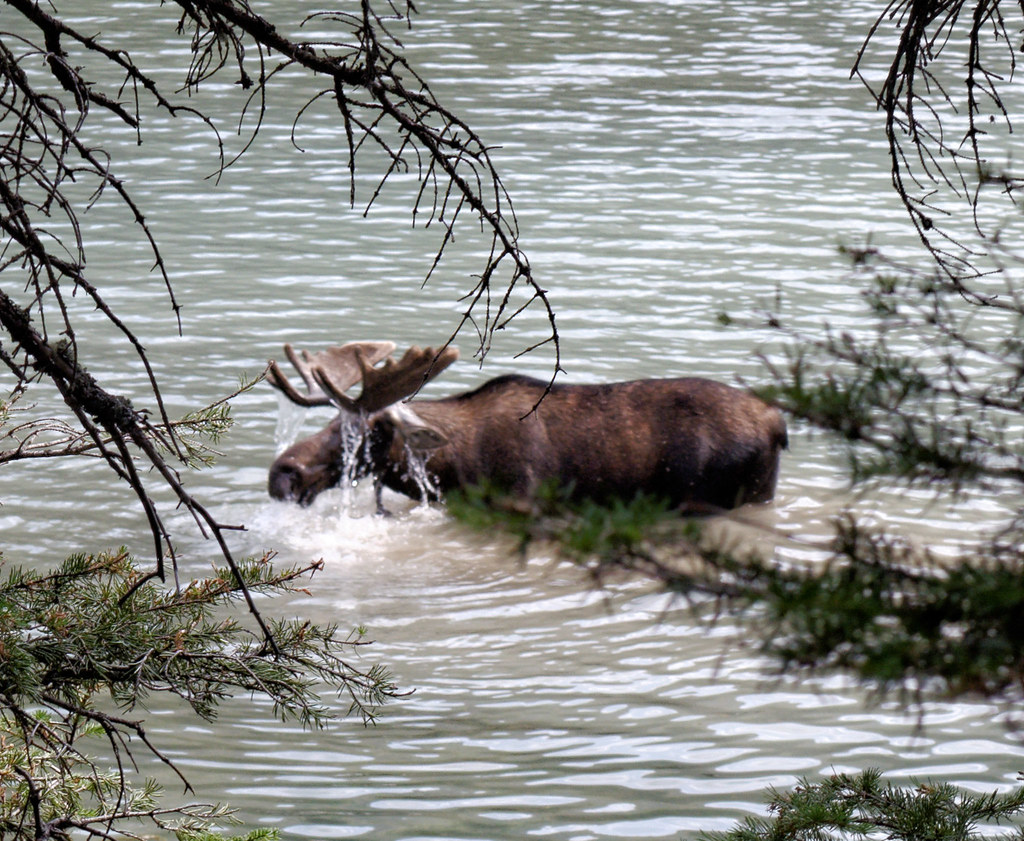
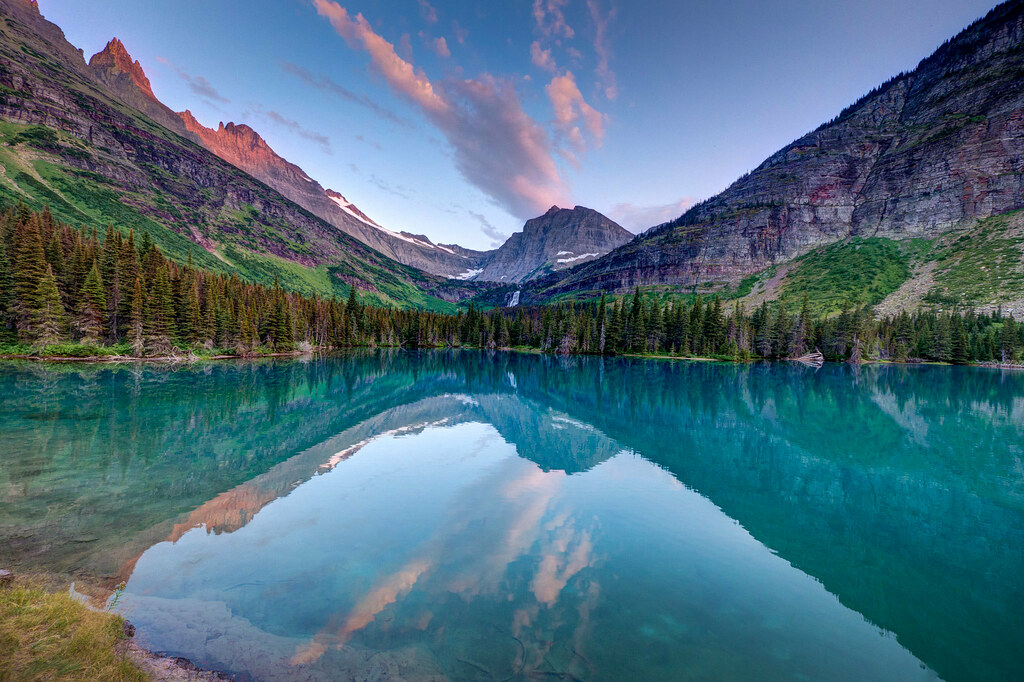
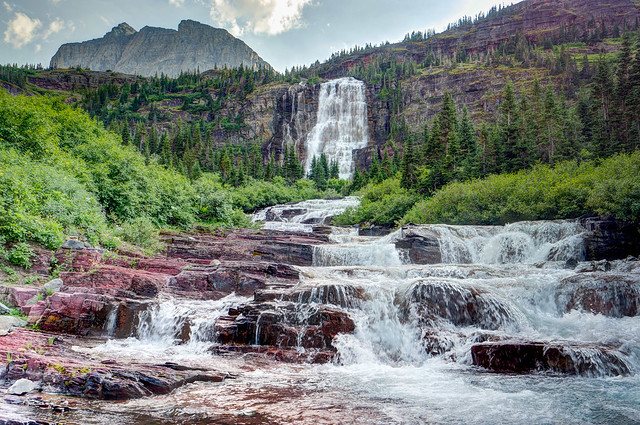
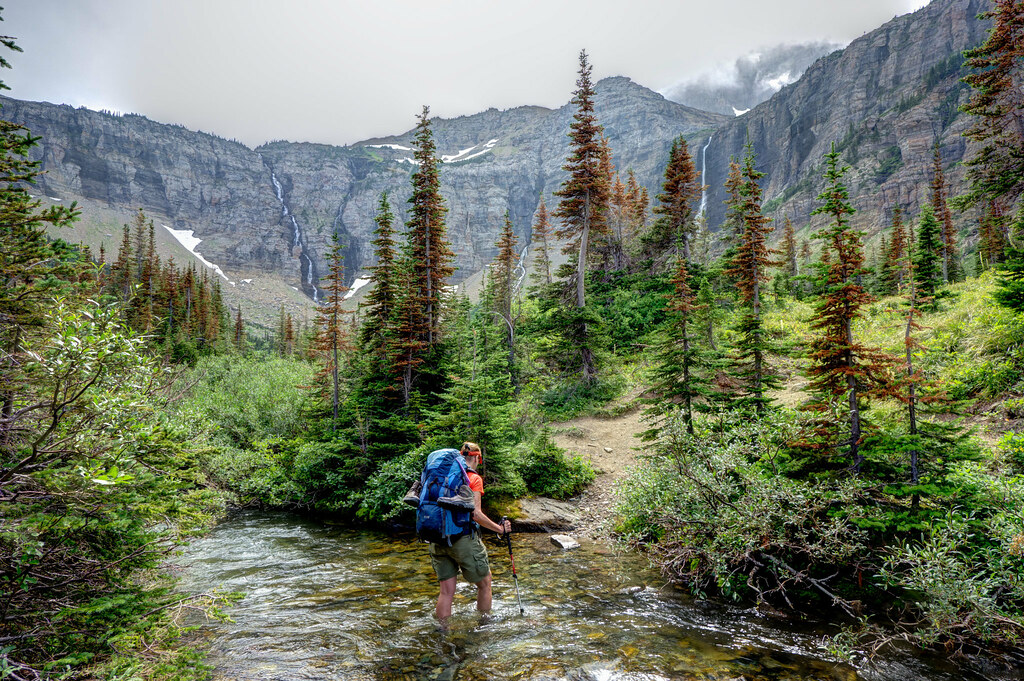
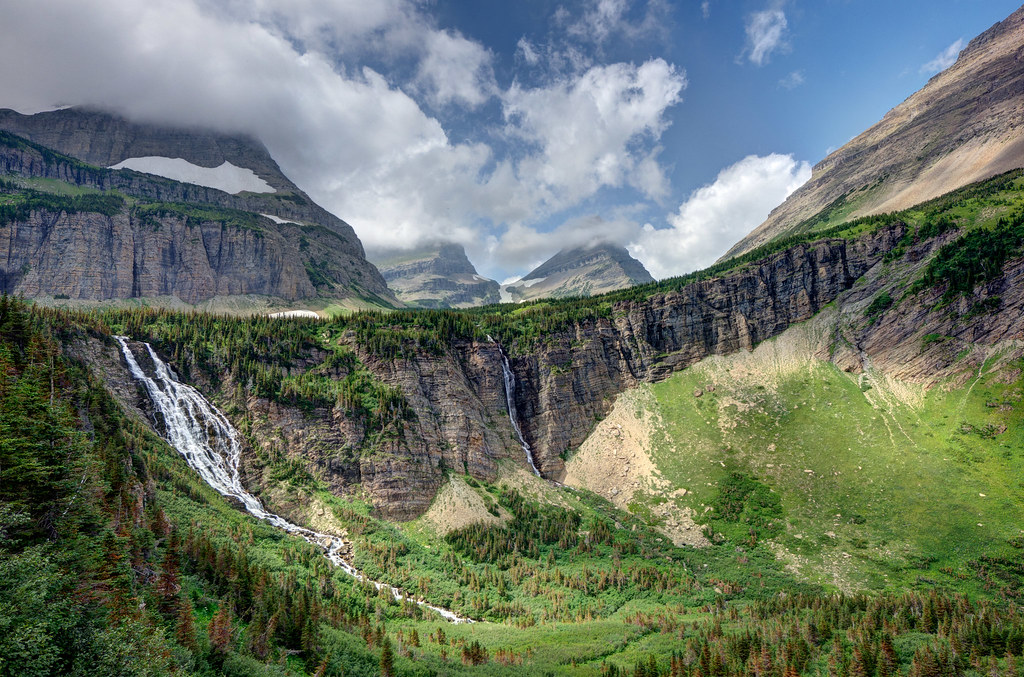
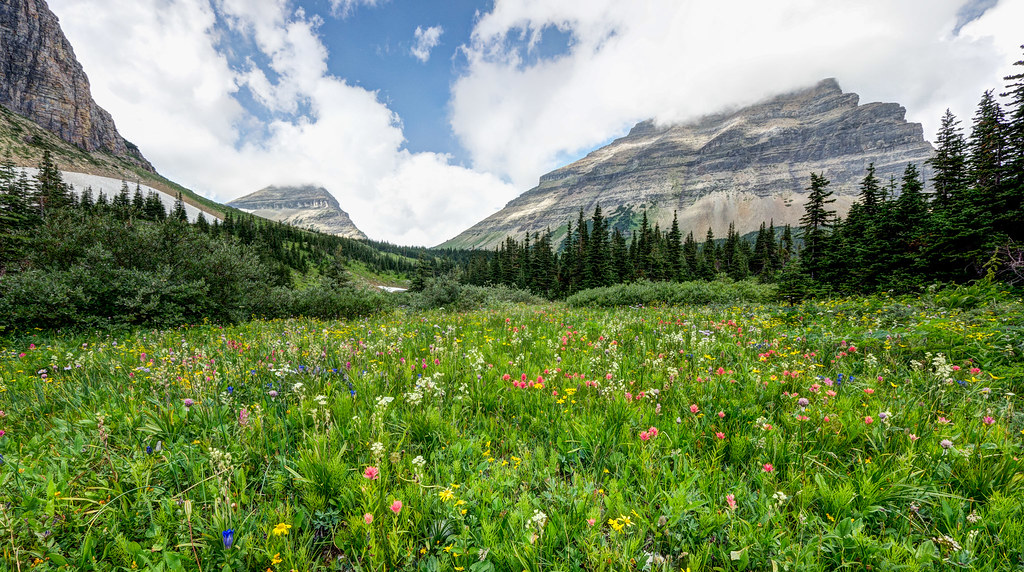

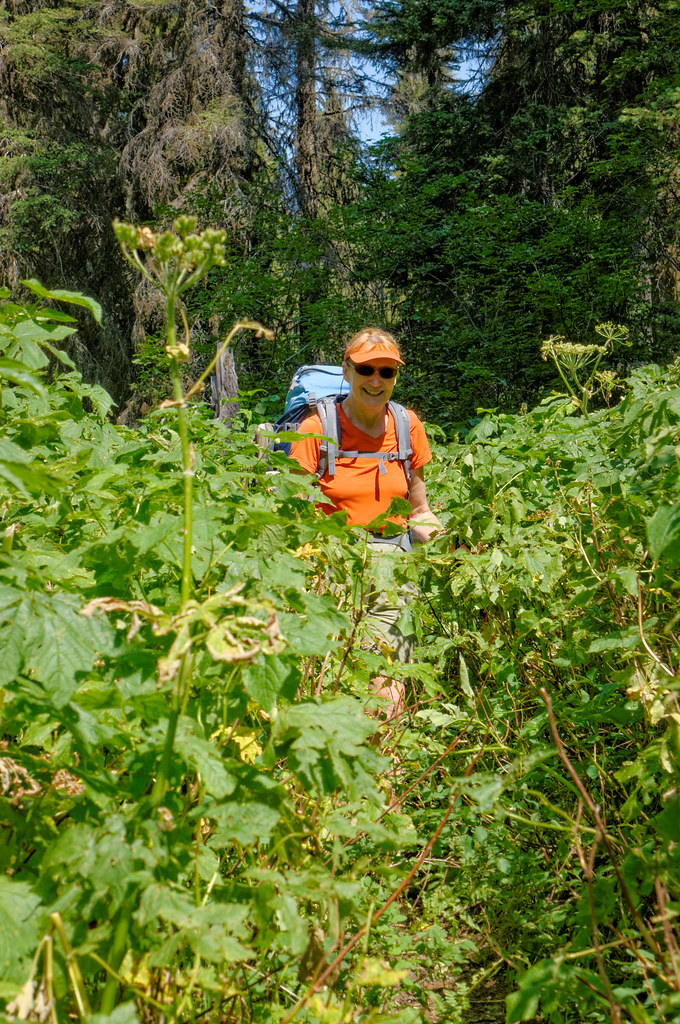
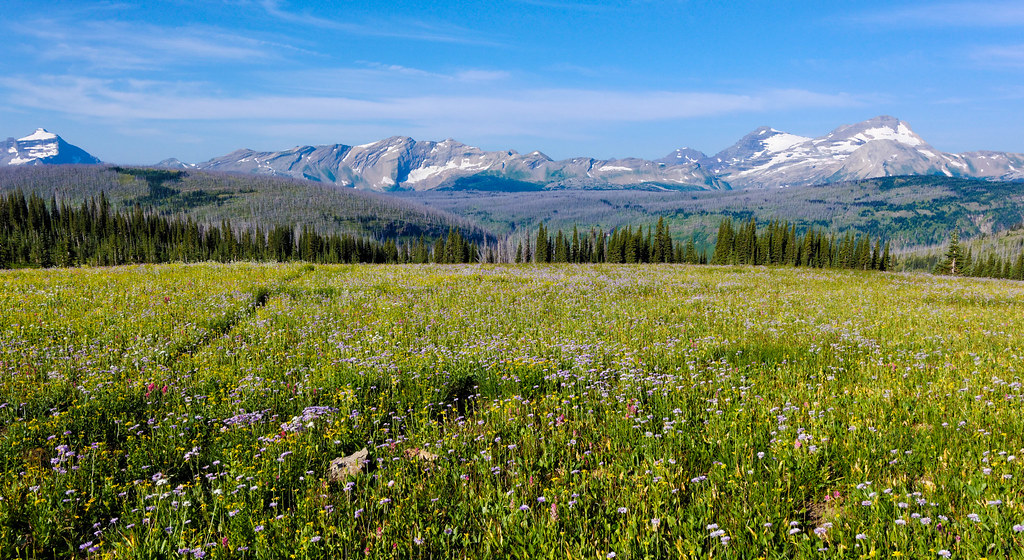

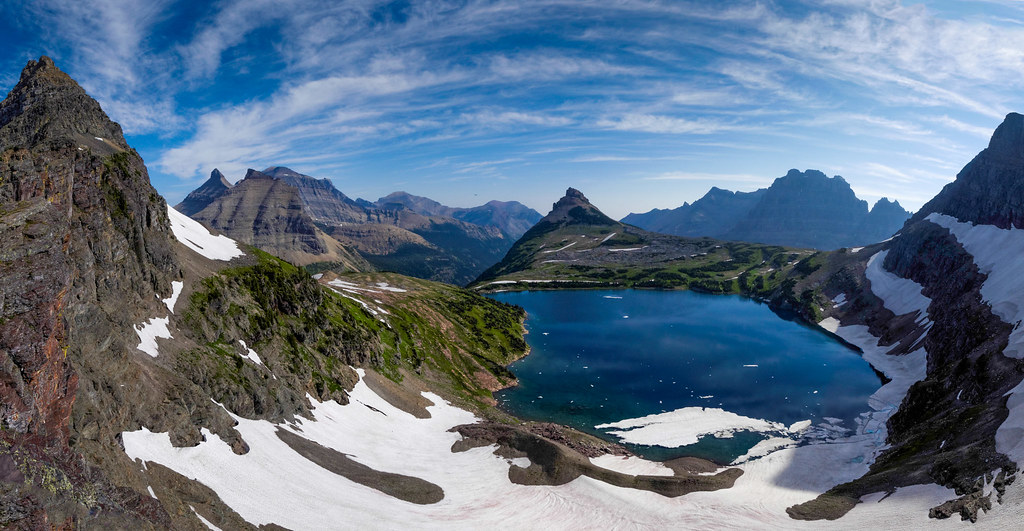

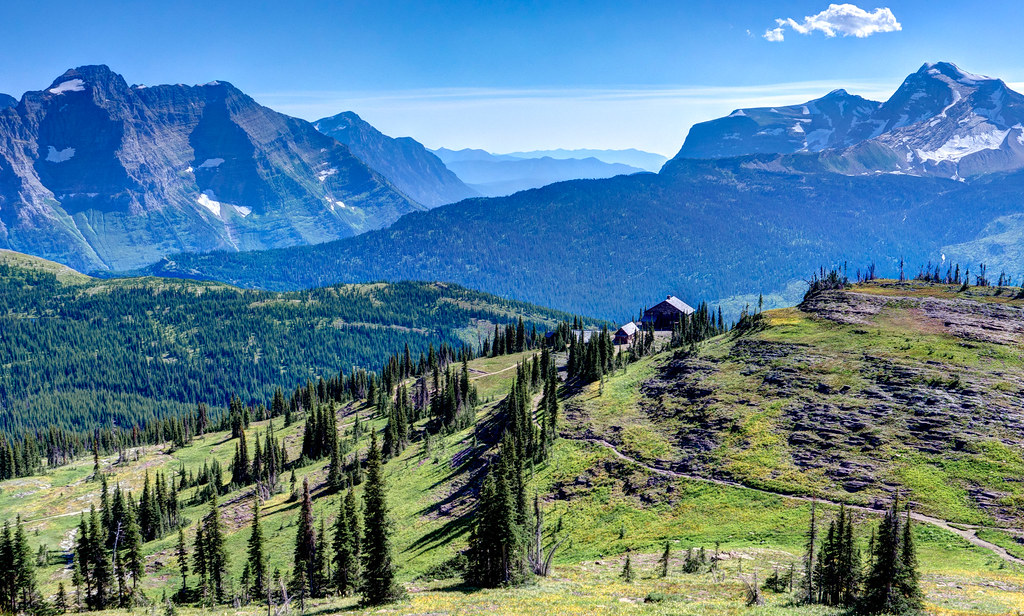
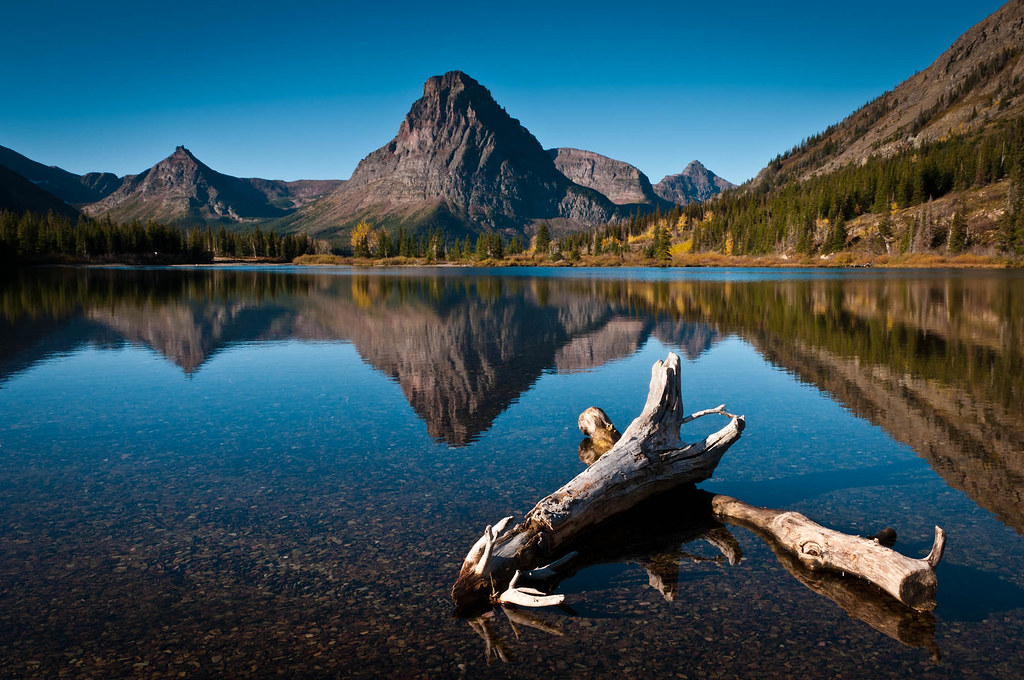
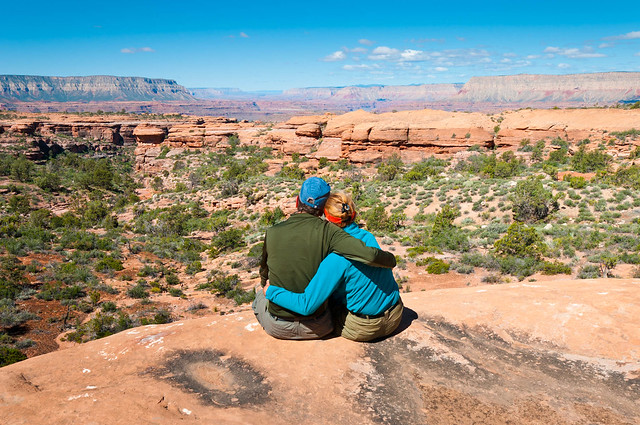

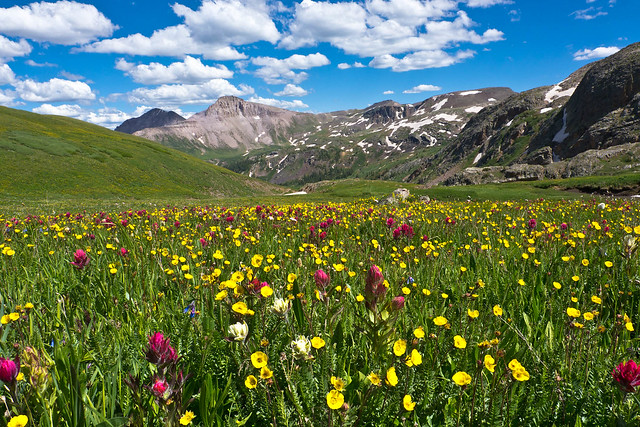





















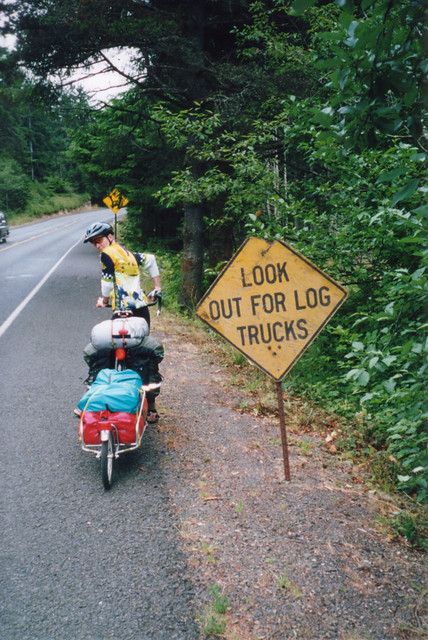
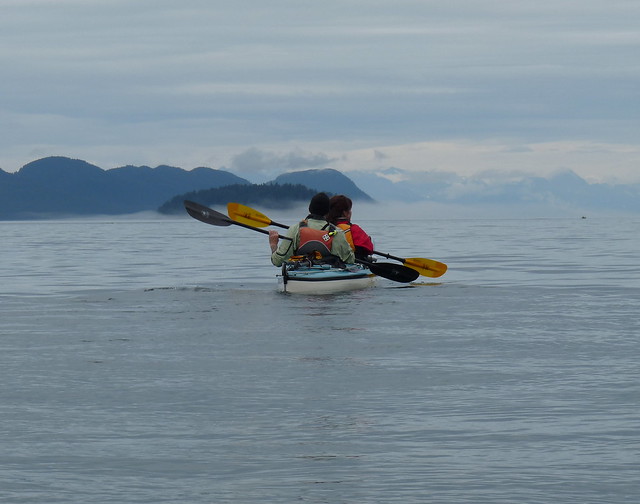
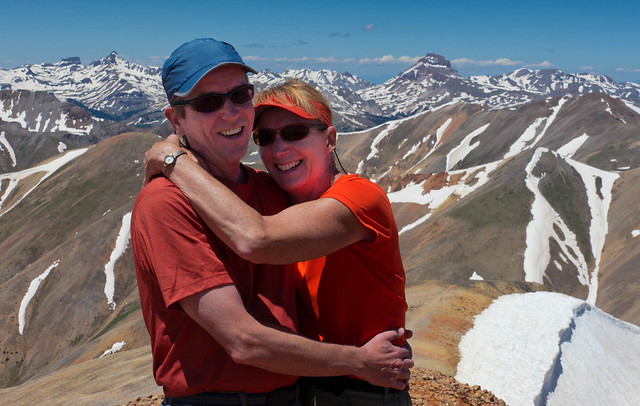






2 comments:
Love your posts...Keep on truckin'!
Absolutely amazing :)
Post a Comment